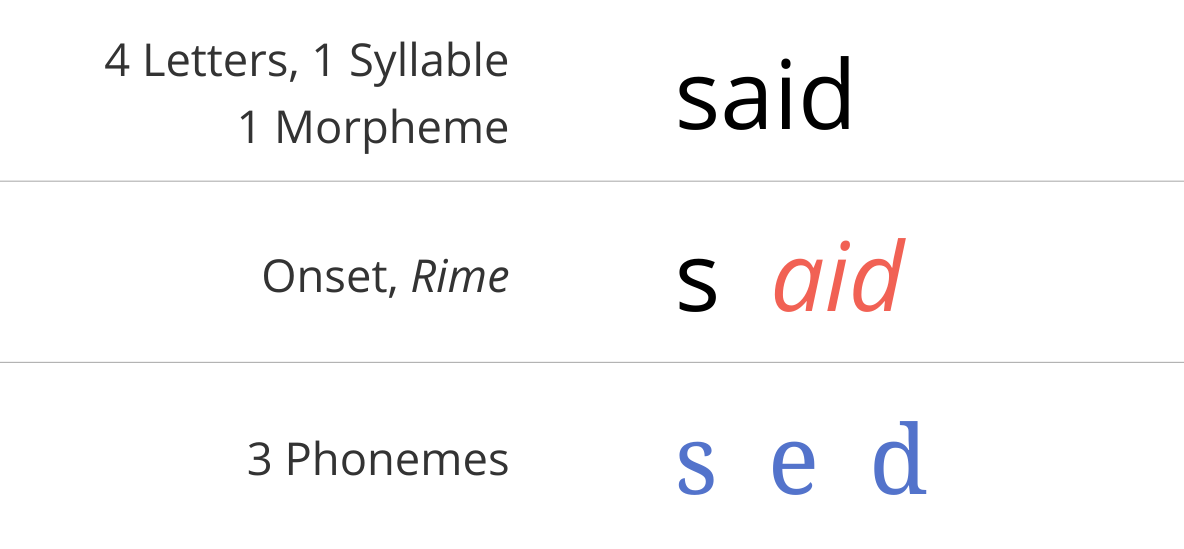They don’t, however, represent the true odds of a well-qualified student’s being admitted to a top school. That’s because anyone can apply to college, well qualified or otherwise. Selective colleges immediately toss the long shots and dreamers from the admissions pile in order to concentrate on students with a legitimate shot at getting in. But they don’t parse their admissions statistics that way, in part because it’s in their best interests to seem as selective as possible. Admission rates are among the most closely watched barometers of institutional prestige. The fact that Stanford’s rate beat Harvard’s for the last two years has been cited as prime evidence that Palo Alto may be eclipsing Cambridge in higher-education glory.
Institutional admission rates also don’t account for the number of applications submitted per student. Enabled by technology that makes it easier to copy and send electronic documents and driven by the competitive anxiety that plummeting admission rates produce, top students have been sending out more applications. In May, for example, a Long Island high school senior named Kwasi Enin was briefly famous for having applied to, and been accepted by, all eight Ivy League schools.

e = get, head
Dive into said